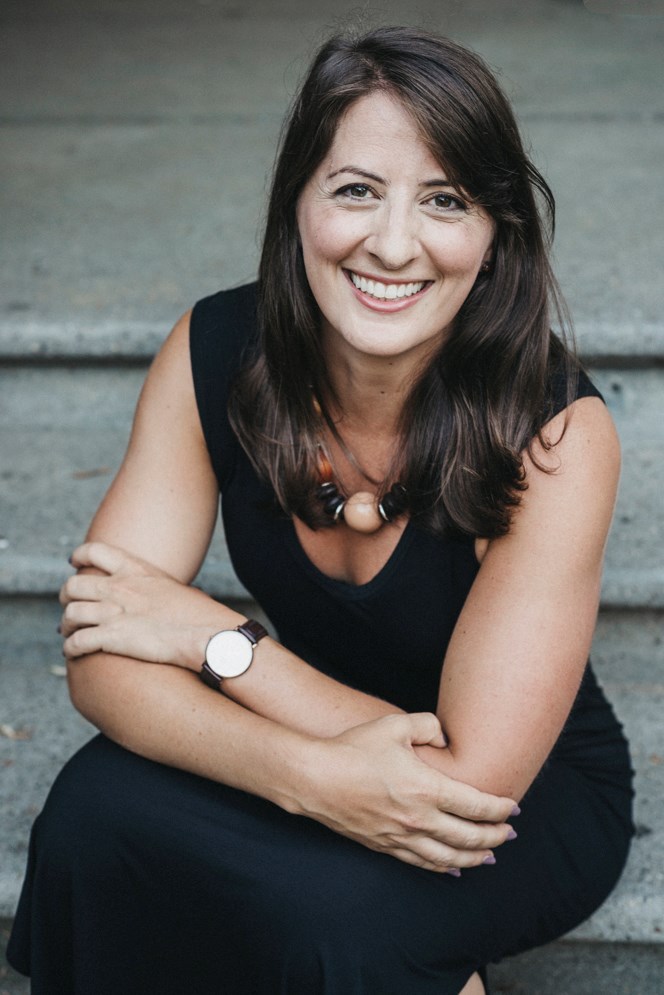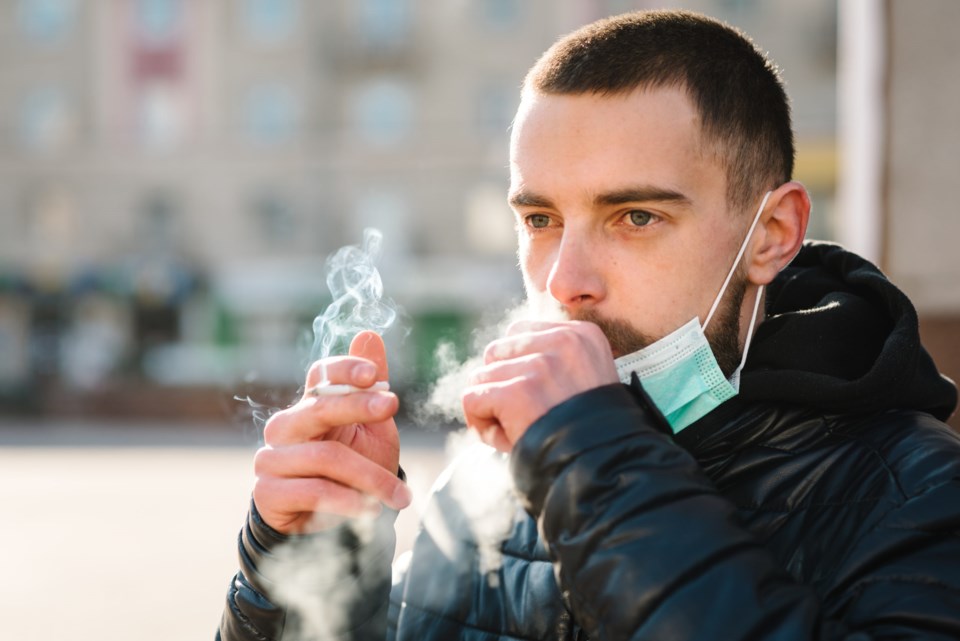By Julia Cuthbertson
In New York City, public health advocates have made substantial progress reducing tobacco use and proliferation in our neighborhoods in the past few decades.
This is significant for New Yorkers’ quality of life since most of us live and share common spaces in apartment complexes. Our proximity to one another means that a neighbor’s decision to smoke or vape can result in one living in a home polluted by secondhand smoke, an extremely harmful exposure in the place that we spend most of our time.
Luckily, we are seeing a downward trend in smoking rates, but many New Yorkers wouldn’t know it.
This is because tobacco and e-cigarette use is dramatically higher in certain groups, with disparities persisting along socioeconomic and racial lines and among certain vulnerable populations such as youth, African Americans, Asian Americans even the LGBTQ community.
This is a direct consequence of tobacco companies’ marketing tactics and easy access to their products.
As a result, tobacco use is still persistent and pervasive in immigrant communities, where smoking rates are three times higher than in the general population. In 2015, Asian American males had the highest rate of smoking among all ethnic groups in NYC at 27% - nearly double that of the rest of the city.
Among African Americans the prevalence of menthol, a cooling chemical that makes it easier to get hooked and harder to quit, is dramatic, with 80% of African American smokers choosing mentholated cigarettes compared to 24% of white smokers.
Having just celebrated Pride month, it’s important make note that the smoking rate among the LGBTQAI population is currently 68% higher than the general population nationwide.
Discrimination, peer pressure, rejection by family and friends, and poverty all lead to higher smoking rates of queer people, especially youth.

The good news is, with the help of NYC Smoke-Free, a program of Public Health Solutions, apartment buildings, businesses and organizations can create smoke-free protections on their own. All New Yorkers want is to enjoy what the city has to offer this summer. Let’s create an environment where everyone, regardless of age, immigration status, socioeconomics, or education level, can smell the flowers, the ocean breeze and the even the hotdog stands -- without tobacco smoke.
Julia Cuthbertson is the Brooklyn Community Engagement Manager of NYC Smoke-Free at Public Health Solutions and can be reached at [email protected].




